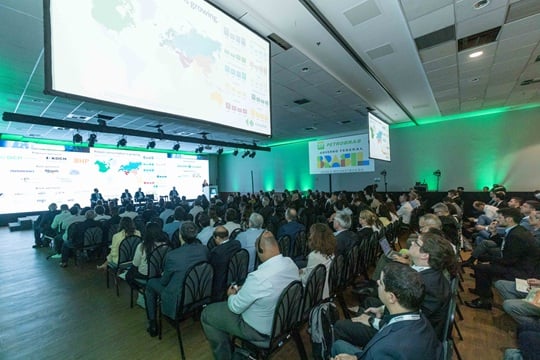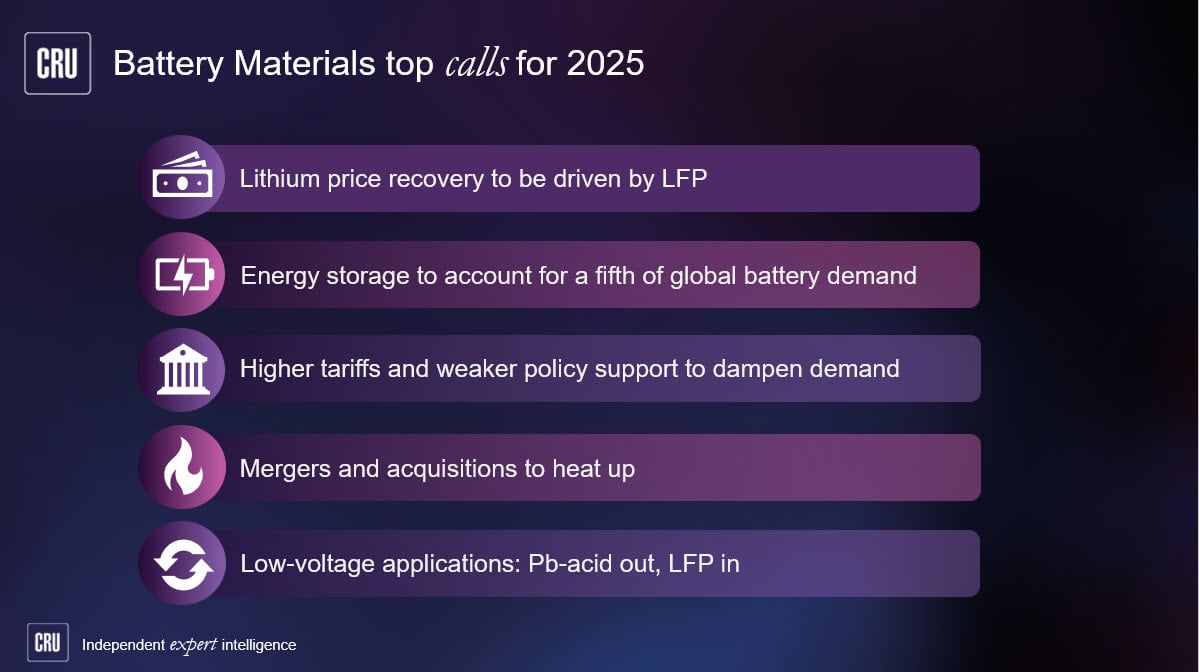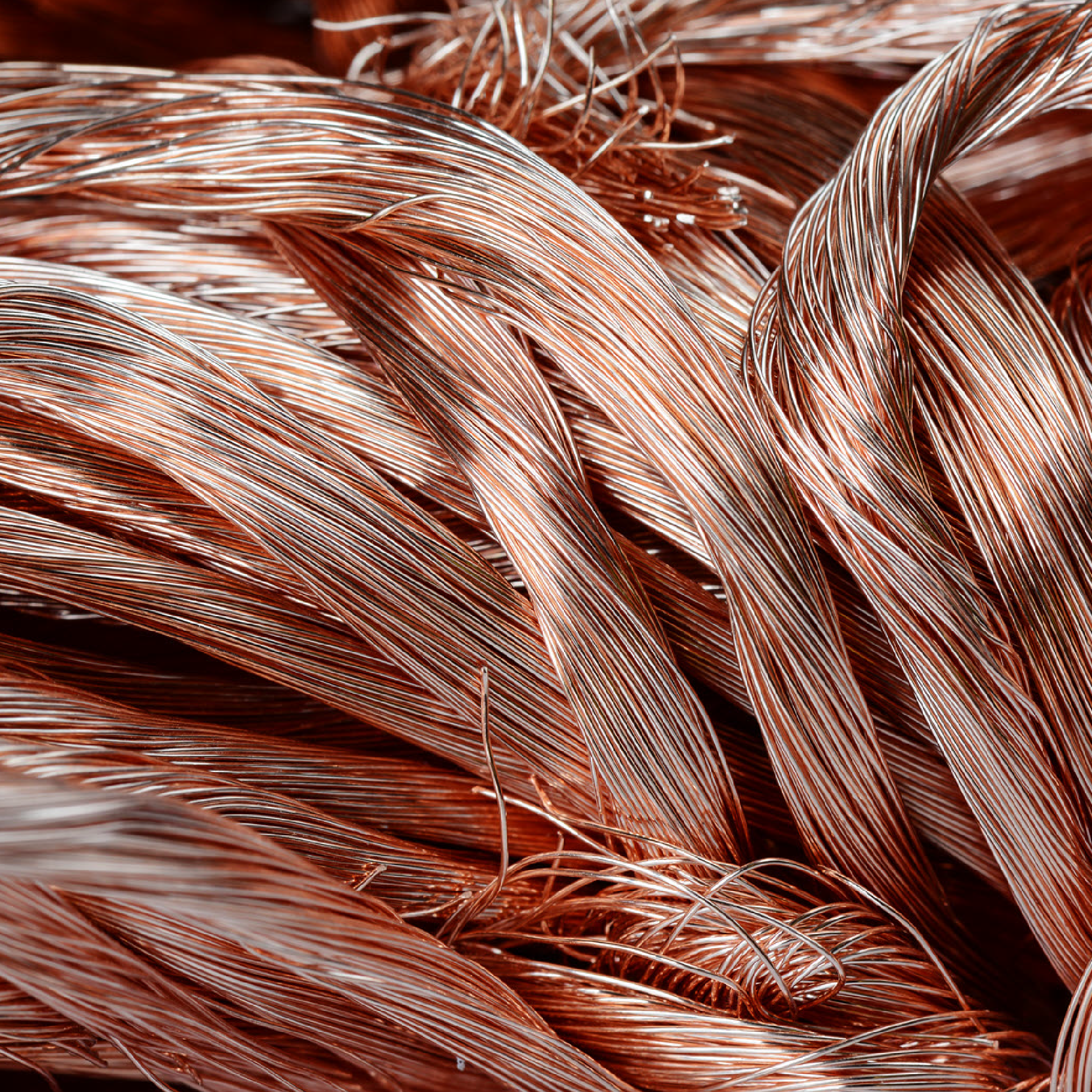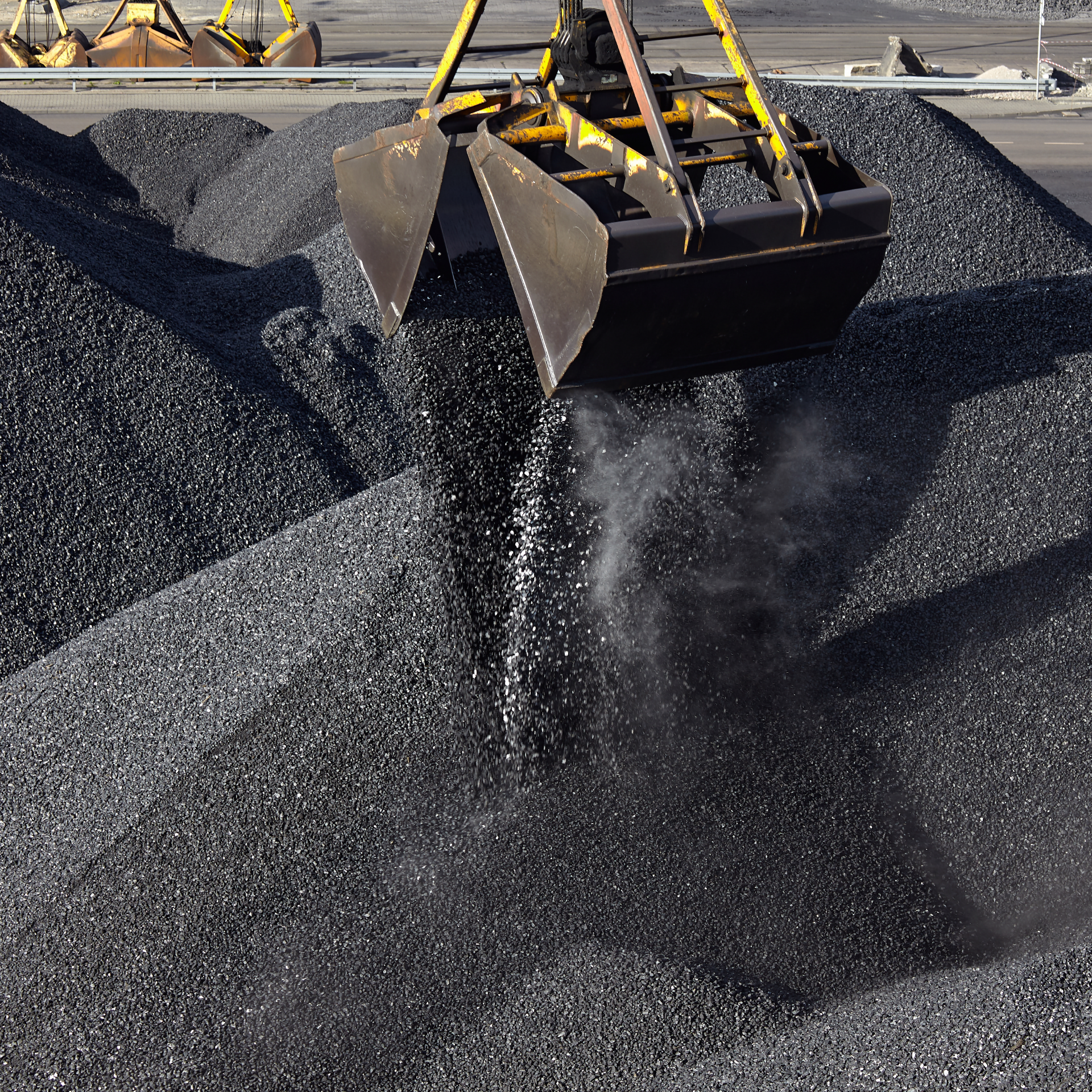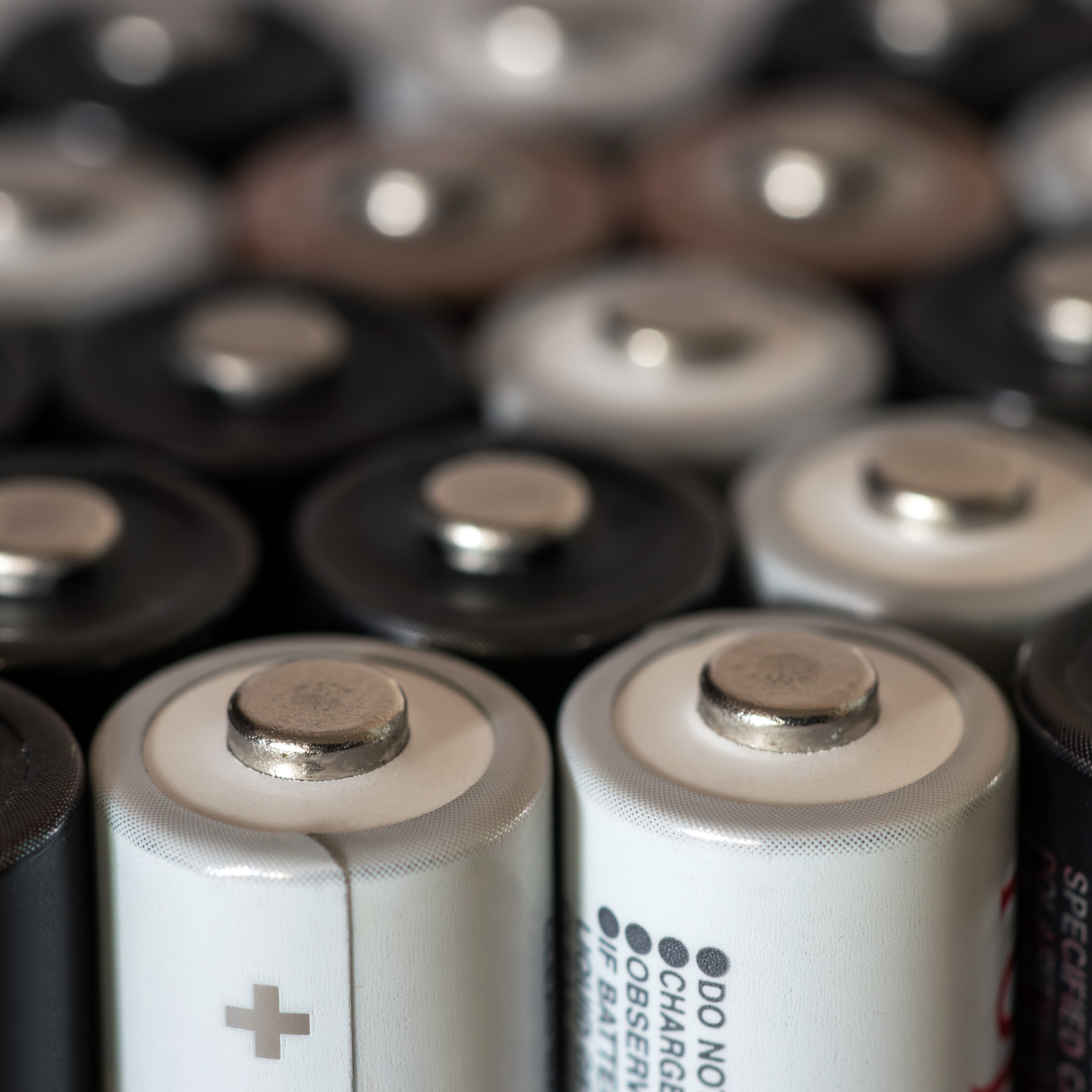China dominates the supply and consumption of LxFP cathode active material (CAM) and has invested heavily in capacity. However, this has now resulted in the production of LxFP far outstripping demand. A period of supply rationalisation now appears inevitable.
Despite LxFP already consuming over a third of all purified phosphoric acid supply in China, the supply of PWA/TPA has proven resilient. Chinese LxFP production growth will have to slow over the next few years to alleviate the present oversupply. CRU maintains China’s PWA/TPA supply will tighten to 2028, but the speed with which the county’s specialty phosphate sector has already adapted to the rise in LxFP output indicates it may be able to accommodate higher LxFP cathode demand more comfortably than previously expected. More widely, the already low production costs of LxFP in China and its now large volumetric output have implications for incumbent and prospective phosphate producers elsewhere.
CRU published its new Specialty Phosphate Service in January 2024, providing market analysis and forecasts across a range of specialised phosphate products with industrial, food, animal feed and niche fertilizer applications. Drawing from expertise in our Battery Materials team, a major focus of the new service is on the use of purified forms of phosphoric acid and technical-grade MAP in the LxFP battery sector and its implications for the phosphate industry.
China heavily overinvests in LxFP capacity
The rapid demand growth of lithium iron phosphate (LxFP) batteries has seen the production of the cathode technology emerge as a major end-use for purified phosphoric acid (PWA/TPA) and technical mono-ammonium phosphate (tMAP). China dominates the supply and consumption of LxFP cathode active material (CAM) and has invested heavily in capacity.
CRU estimates in 2023, country-wide LxFP capacity exceeded 2.5 Mt/y CAM and production surpassed 1.5 Mt CAM. Although demand has risen considerably during the 2020s, it has ultimately not kept pace with production. CRU assesses LxFP cathode demand in China in 2023 was only around half the level of output.
Data drawn from CRU Battery Value Chain Service
Consequently, a period of supply rationalisation in China appears inevitable, with current LxFP production levels unlikely to be sustainable unless demand far exceeds our already aggressive projections. We present three future LxFP production scenarios which illustrate the paths this could take. These range from a very rapid reduction in output (low case) to a gradual deceleration in cathode production growth (high case).
Our base case settles in the middle, with LxFP CAM production slowly levelling off towards 2025 and 2026, before picking up once again in line with our demand projections. CRU is not currently forecasting capacity closures as a result of such changes to production. Indeed, we expect capacity in China to continue expanding.
While closure of unprofitable cathode manufacturing assets represents a risk in itself, Chinese LxFP capacity utilisation is already so low, any closures are very unlikely to present a risk to our production forecasts. Notably, one key assumption in the base- and high-case scenarios is some of the CAM already produced is ultimately not consumed. This is principally not because the LxFP CAM degrades in storage and becomes unusable – CRU understands LFP CAM has a shelf life of around seven years before it perishes. Rather, we assume cell manufacturers will not use some portion of the lower-grade forms of LxFP cathode material produced.
LxFP: Already a major end-use for specialty phosphates
The surge in LxFP production (and demand) seen since 2020 has reversed the fortunes of China’s purified phosphoric acid sector. Prior to 2020, demand growth for PWA/TPA was effectively stagnant with growing end-uses, such as tMAP, offset by others declining in popularity. The use of PWA/TPA and tMAP in LxFP CAM has seen new investment in purified acid capacity and rising utilisation rates.
Data drawn from CRU Specialty Phosphate Service
In 2023, CRU estimates LxFP consumed around 35% of all PWA/TPA produced in China (either directly or indirectly through the production of tMAP). In the original publication of CRU’s Specialty Phosphates Service in February 2024, we previously expected this level of consumption of PWA/TPA not to occur until the late 2020s.
CRU still forecasts PWA/TPA (and tMAP) production to increase – and capacity utilisation to rise to record levels – by 2028. However, we do not expect the share of PWA/TPA supply consumed by the LxFP sector to grow significantly under any of our three production scenarios to 2028. This causes us to re-evaluate some of our prior assertions around future PWA/TPA and tMAP supply tightness.
Purified acid pricing points to comfortable supply
Chinese domestic pricing information of 85% purity PWA/TPA (61.6% P2O5) – the grade typically used in the manufacture of LxFP CAM – indicates, despite the rapidly growing share of total purified acid production LxFP consumes, supply availability has remained comfortable. Since January 2022, prices of 85% purity PWA/TPA have declined by 43% and premiums over lower-grade forms of purified phosphoric acid also appear to have narrowed.
When compared to Chinese ex-works prices of fertilizer-grade phosphates DAP and 11-44 MAP (which have only declined by 7% and 12%, respectively over the same period) the much sharper drop in 85% purity PWA/TPA prices points to ample supply availability. This is not to say there have been no effects from the high LxFP production levels. Chinese domestic phosphate rock prices for higher-grade forms typically used in purified wet-process acid remained elevated throughout 2023, with higher LxFP production being one of the drivers.
Data drawn from CRU Phosphate Fertilizer Market Outlook and CRU Specialty Phosphates Service
Over the next five years, although we maintain our view of generally tightening PWA/TPA supply within China, the situation observed in 2023 implies the country already possesses the ability to make sufficient quantities of 85% purity phosphoric acid for the LxFP sector over the next five years at least. We do not expect declining rock quality in China to prove a hurdle for PWA/TPA production in China to 2028 (and even for many years after that). Moreover, the higher rock prices in the country have seen the East Asian nation become a major phosphate rock importer since 2022, proving it is not averse to seeking offshore supply to feed its downstream phosphate sector.
China’s overzealous LxFP production highlights its competitive edge
Despite the still reasonably niche and highly China-centric production of LxFP cathode material, the sector has nevertheless generated substantial interest outside the East Asian nation among incumbent and prospective phosphoric acid producers alike. The use of LxFP CAM in applications which end up being consumed outside China, such as in battery electric vehicles (BEVs) and stationary storage systems, has piqued interest in regionalising supply chains and limiting the role of China within them (or removing it entirely).
A growing number of LxFP cathode production facilities are planned outside China already. Incumbent and prospective phosphate producers are looking at the potential of aligning their product offerings to better cater to the nascent sector.
However, the sheer quantity of LxFP CAM China can already produce suggests these future operations elsewhere will face significant volumetric competition. Moreover, Chinese LxFP battery cell production costs are set to remain well below those of other parts of the world over the next five years at least. CRU estimates US LxFP production costs today would be around double those in China if it were not for subsidies attached to the Inflation Reduction Act.
Data drawn from CRU Battery Cost Model
It is only through government intervention – both in the form of subsidies and trade restrictions – that LxFP cell production outside China appears cost competitive. For incumbent and prospective phosphate producers looking to align their product offerings to the LxFP sector, they may have to decide how reliant on governmental policy they are willing to be to justify investment in PWA/TPA capacity in the face of already very stiff competition from China. That the bulk of currently proposed LxFP CAM capacity outside China intends to be integrated with Chinese technology points to the scale of the challenge.









